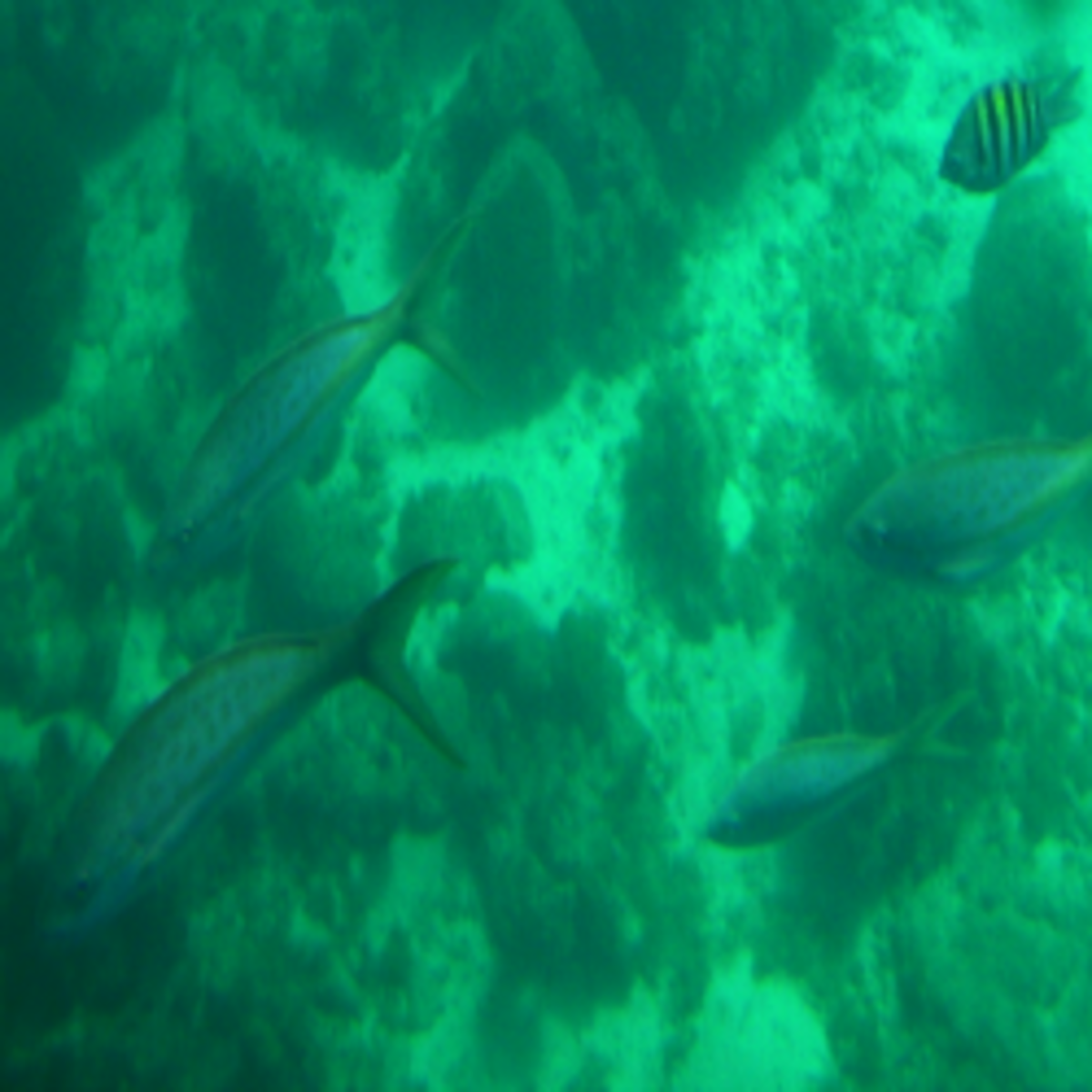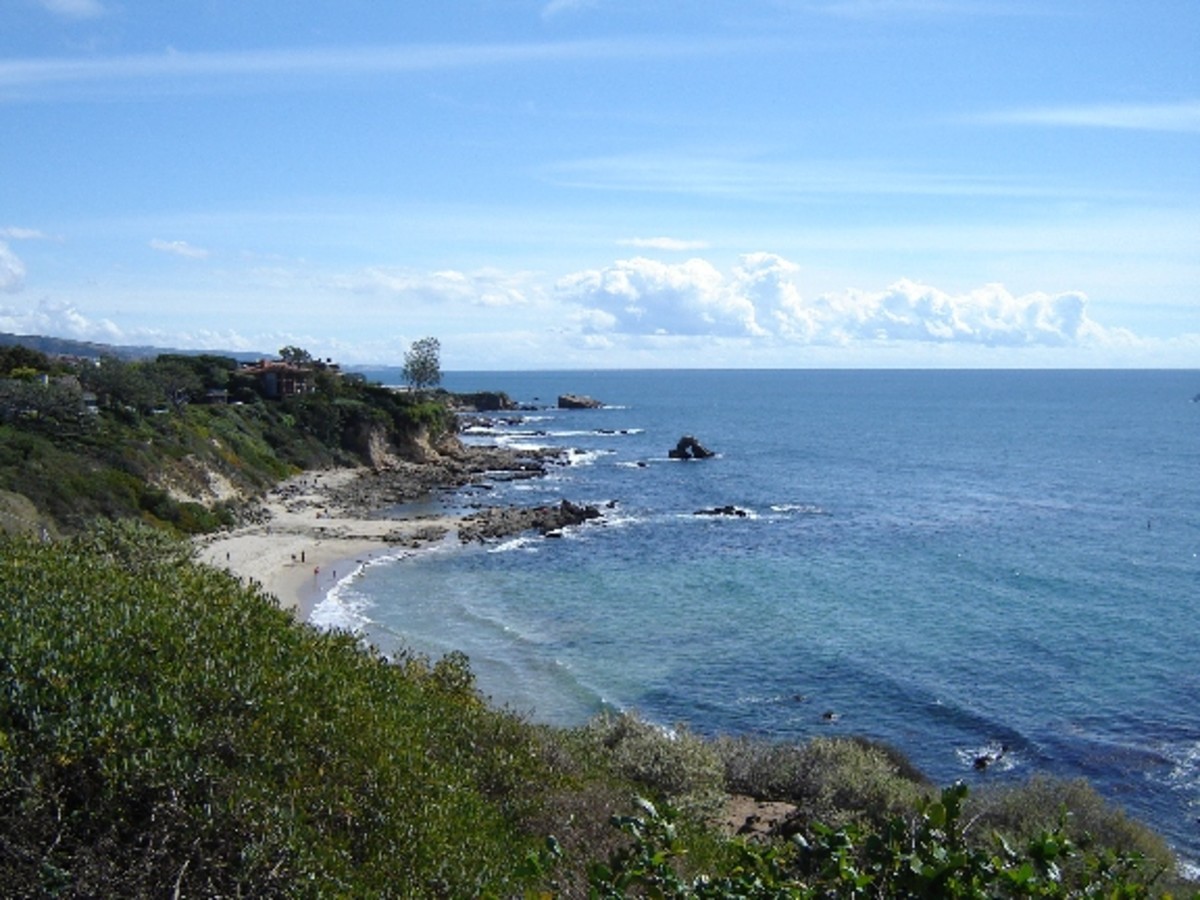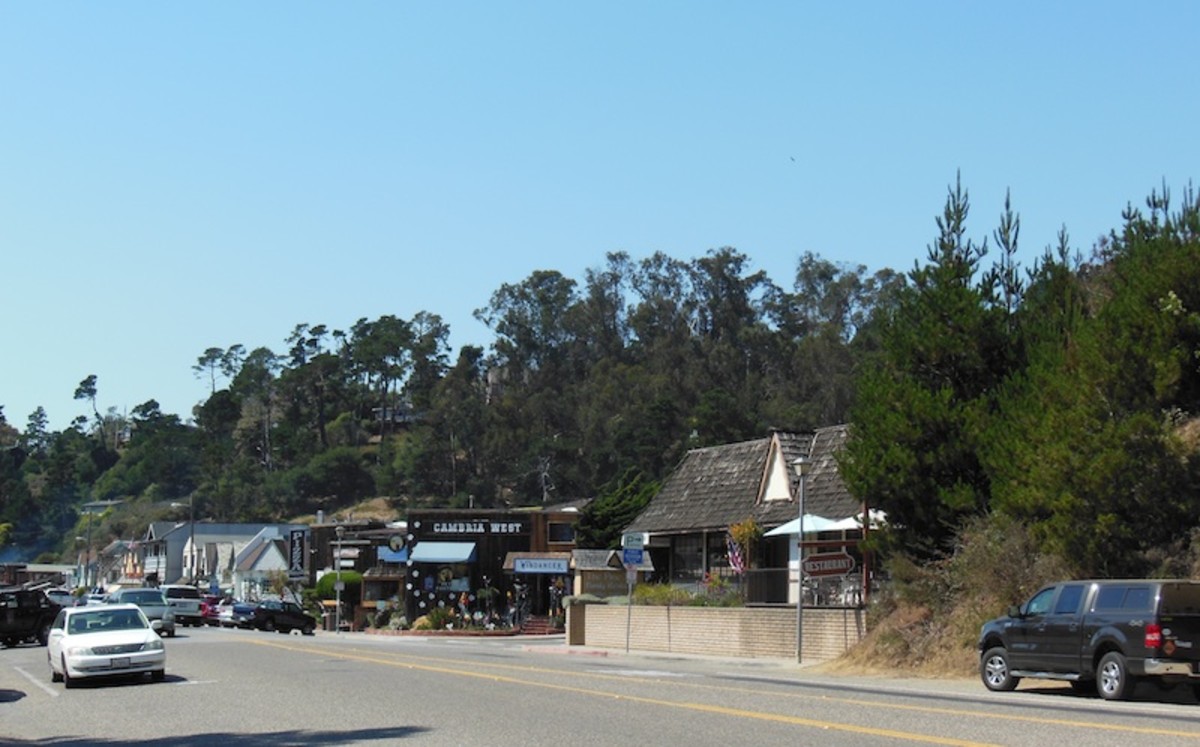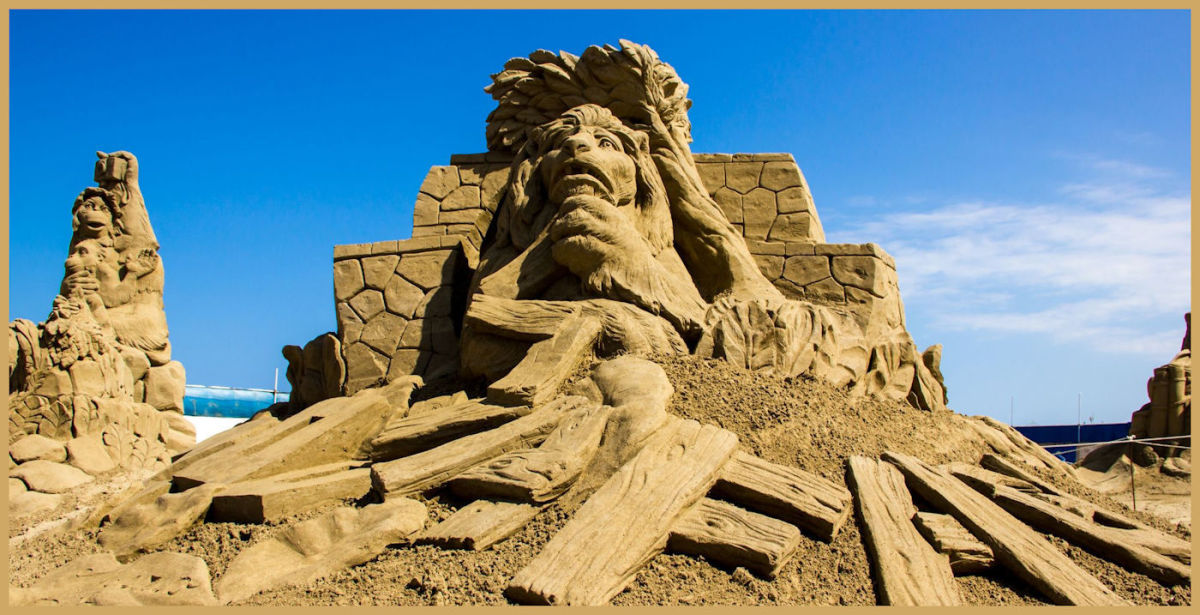How Do You Keep A Snorkel Mask From Fogging Up?
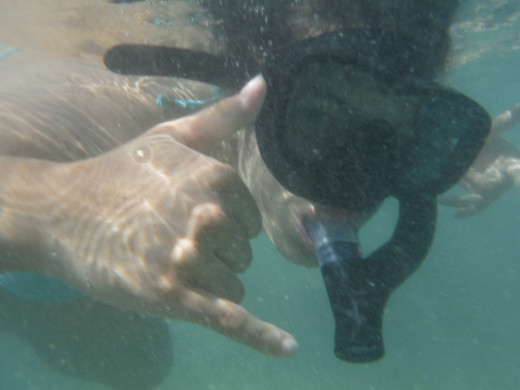
Do you enjoy escaping into the shallow depths of coral reef filled ocean waters to gaze upon marine life to feel at peace? I know I do.
If you have ever gone snorkeling then you know how much of a beautiful underwater world actually exists just under the surface of the water and how much of an escape from the hustle and bustle of the “real world”. When you have a snorkel, tube and some fins on you really can forget about your usual world and find another one that will mesmerize you.
If that’s the case then you also know that a foggy snorkel mask can really get in the way of all of that. A snorkel mask that is full of a foggy cloud that impairs your vision can be a real drag.
Not only that but a foggy snorkel mask can be a real safety hazard because it can impede your vision of possible dangerous situations and disrupt communication with fellow snorkelers.
Possibly Dangerous Situations Because of a Foggy Snorkel Mask
Snorkeling and poking around coral reef can be a beautiful experience. It can also be a precarious one if you can’t see exactly what you’re doing because your snorkel mask is foggy.
Coral can be sharp. It will easily cut and scrape the body if you can’t see how close you are and happen to bump into it.
Also, there are marine animals that don’t take too kindly to snorkelers reaching in and poking into their coral homes, cubbies and crevices. Moray eels, for instance, have been known to take fingers off of divers and snorkelers when they feel threatened. That’s why when you snorkel at places like Hanauma Bay in Honolulu (or anywhere for that matter) you are strongly urged not to touch or poke the coral.
I’ve had this exact thing happen to me with a moray eel and only a last second slight turn of my head to see clearly through my foggy snorkel mask may have saved my fingers from being taken bitten off.
The Secret to How Snorkel Mask Defogging Agents Work
Basically, all defogging agents act the same way.
All air has humidity, even the small amount that snorkelers breathe out of their nose inside a snorkel mask. When the warm humid air on the inside of the mask hits the cool glass of the mask (because the cool ocean water on the outside) the water molecules in the air that is trapped inside the mask start to gather together in minuscule droplets and cling to the glass. There you have your fog.
Defogging agents work by squeezing itself in between the water molecules and not allowing them to thinly gather into a fog. Instead, they water molecules gather in greater density and, instead of fog, it forms drops of water. Those drops of water cling to the glass and slide to the bottom of the mask. This is the reason why there is usually a little bit of water in a snorkel mask when you take it off at the end of a dive unless, of course, a snorkeler clears the mask through the nose valve first.
5 Different Options for Snorkel Mask Defoggers
Commercial Defoggers
You either squirt a mist or squeeze this liquid into your mask and spread it around with your fingers. This is great option but a little more pricey than the others which may just be hanging around the house.
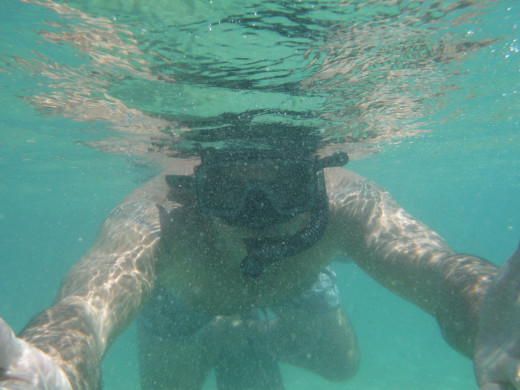
Toothpaste
If you’re going to use toothpaste make sure that you get a brand that is non-abrasive. You don’t need any “whitening crystals” for defogging your snorkel mask with toothpaste. Put it in, spread it around and rinse with fresh water prior to your snorkel session. Some people find that the mint may irritate their skin so check to see if your skin is sensitive prior to heading in the water by wearing your mask for a little while beforehand.
Shampoo
Use baby shampoo if you’re going to go this route. It is less apt to irritate the eyes if you get it in them and it is also environmentally friendly. Regular shampoos can ruin the eco-system of reefs.
Dish Washing Liquid
This is my personal preference. I just put some in a small squeeze bottle prior to going snorkeling. I apply a few drops to the inside of my mask, spread it around and rinse it once in the ocean. It works great. Be aware that if you get it in your eyes it can irritate.
Spit
This is the chosen snorkel mask defogger of thousands. You just spit into the mask, spread it around with your fingers and rinse. It works pretty well, too. Some people find this method a little disgusting, though, especially if you’re sharing masks at any point.





